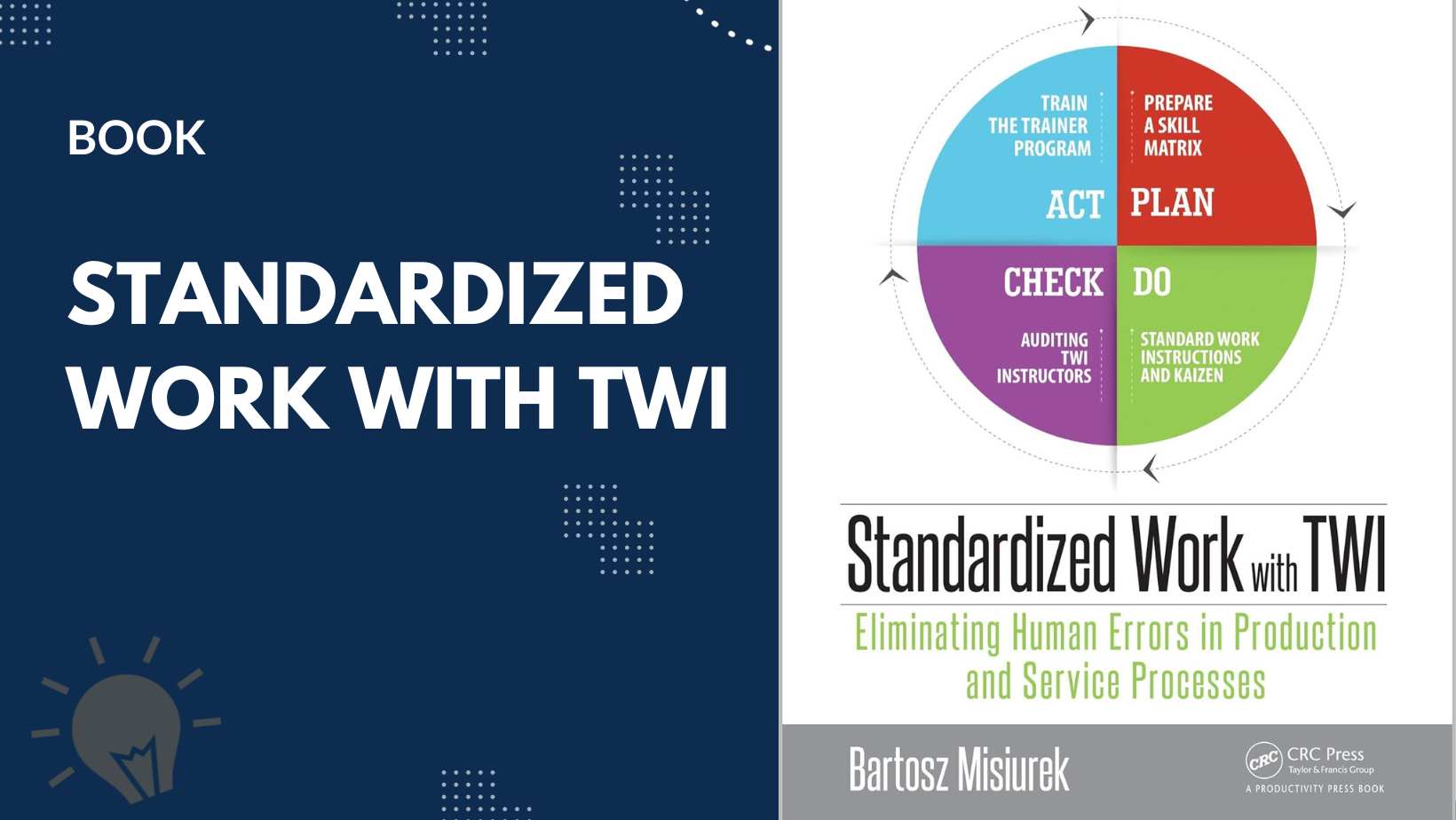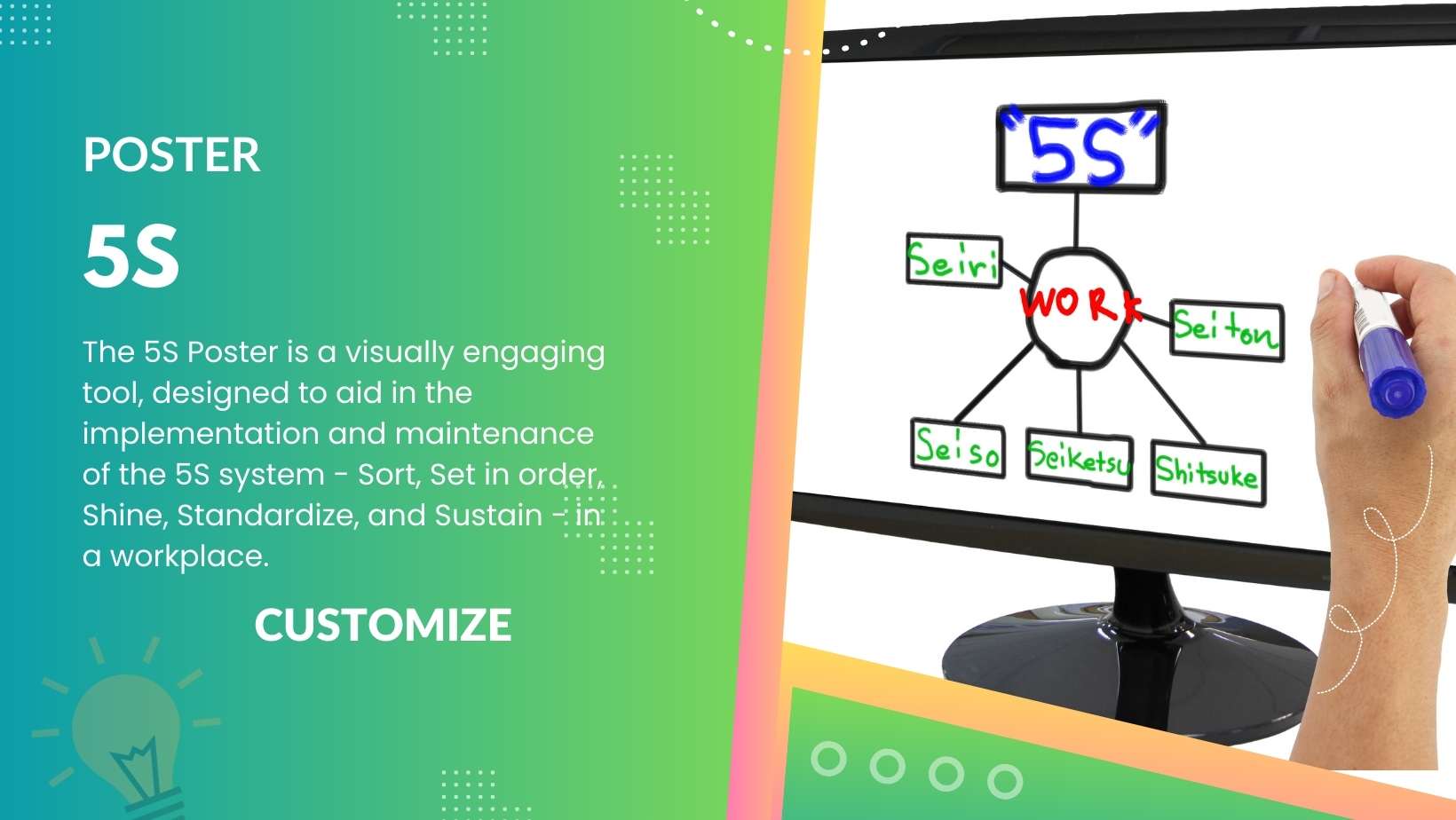In the multifaceted universe of business operations, where efficiency and effectiveness are paramount, the concept of Gemba Walk has emerged as a crucial strategy. It forms the cornerstone for managers and leaders seeking to familiarize themselves with the frontline operations and challenges, taking them to the ‘gemba’ or the ‘real place’ where value is created.
Table of Contents
ToggleUnpacking the Concept
The term ‘Gemba Walk’ finds its origins in Japanese business philosophy. In Japanese, ‘gemba’ translates to ‘the real place’, a term encapsulating the essence of this management technique. It involves managers walking the floor, observing, listening, and learning from the frontline employees who are deeply entrenched in the day-to-day operations of the business.
Objectives and Goals
The primary aim of the Gemba Walk is not to critique or point out flaws but rather to understand the processes, identify potential areas of improvement, and learn from the workers. It offers managers an unfiltered view of the operational challenges and opportunities, away from the abstraction of reports and metrics.
The Gemba Walk Process
Executing a Gemba Walk involves several key steps. Preparation is the first, where managers plan their walk, defining its objectives, focus areas, and expected outcomes. During the walk, emphasis is placed on observation and interaction. Post-walk, the insights gained form the basis for reflection, analysis, and action.
Preparation
Preparation is often overlooked but is a cornerstone of an effective Gemba Walk. It involves setting clear objectives, like understanding a specific process, identifying waste, or gathering insights to address a particular challenge. A structured approach, with a checklist or a set of guiding questions, can be invaluable.
Execution
During the Gemba Walk, managers immerse themselves in the operational environment. Observation is key – watching processes unfold, noting interactions, and understanding workflows. Equally vital is the interaction with employees, listening to their insights, challenges, and suggestions. It’s a learning journey, not an inspection.
Reflection and Analysis
The post-walk phase is where insights are distilled into actionable intelligence. It involves reviewing observations, analyzing data, and reflecting on employee interactions. This phase is crucial, turning the qualitative and quantitative insights gathered during the walk into a foundation for improvement initiatives.
Actions and Improvement
Every Gemba Walk should culminate in action. The insights and learning gleaned provide a roadmap for improvement. This might involve process refinements, training initiatives, resource reallocation, or even a complete overhaul of existing systems, always aimed at driving operational efficiency and effectiveness.
The Cultural Element
Gemba Walk is not just a process but is deeply intertwined with organizational culture. It underscores values like respect for employees, continuous improvement, and collaborative problem-solving. For the walk to be effective, it must be embedded within a culture that values each employee’s contribution and is geared towards ongoing enhancement.
Challenges and Pitfalls
Despite its apparent simplicity, the Gemba Walk can be fraught with challenges. A common pitfall is approaching it as an audit or inspection, which can lead to resistance or staged scenarios, undermining the exercise’s authenticity and effectiveness. Training, preparation, and a clear communication of objectives can mitigate these challenges.
The Evolving Landscape
In today’s fast-paced business environment, the Gemba Walk is evolving. Digital tools are emerging to augment the process, offering platforms for real-time data collection, analysis, and reporting. While the human element remains central, technology is enhancing the richness and utility of the insights gleaned.
Conclusion
n encapsulating the Gemba Walk, it emerges as a potent tool, grounded not just in observation but in a philosophy of respect, learning, and continuous improvement. In the quest for operational excellence, it brings leaders face-to-face with the realities and richness of the frontline, turning every walk into a step towards enhanced efficiency, effectiveness, and employee engagement.








